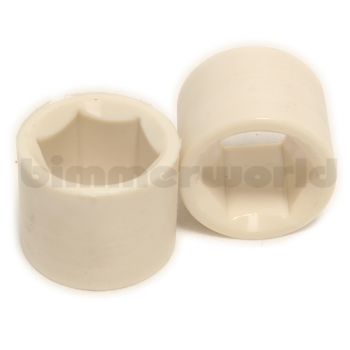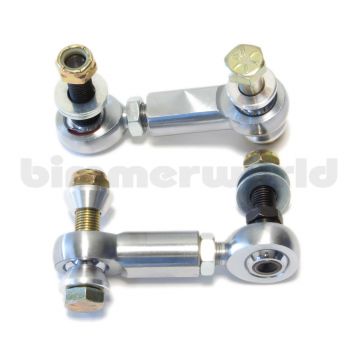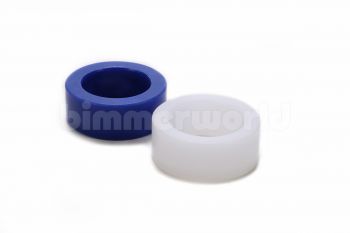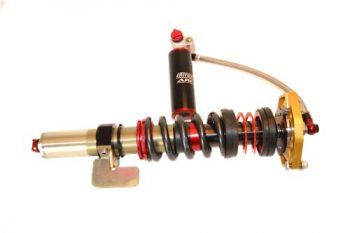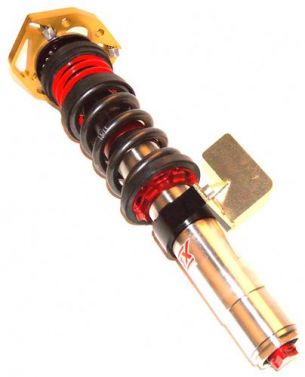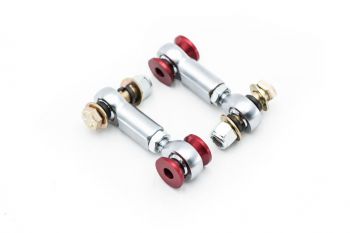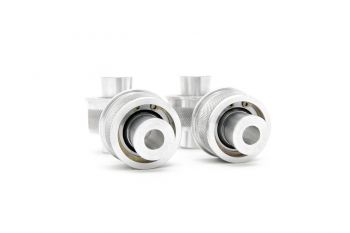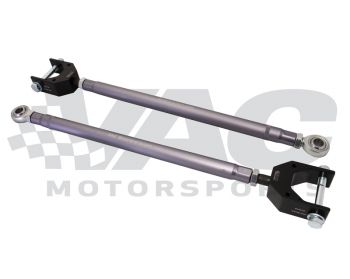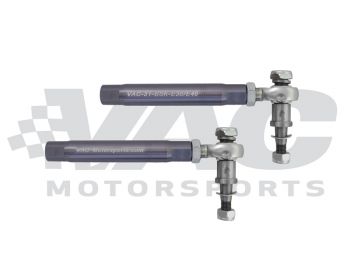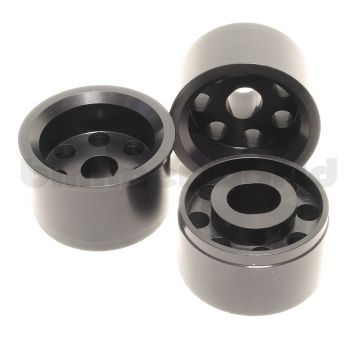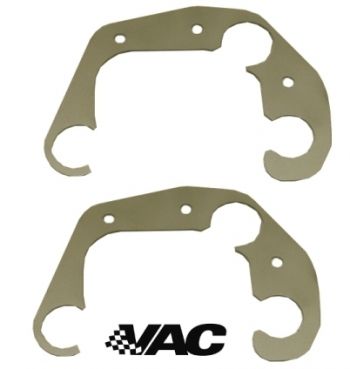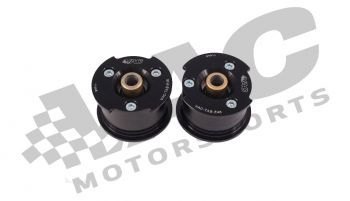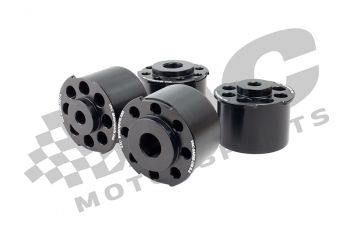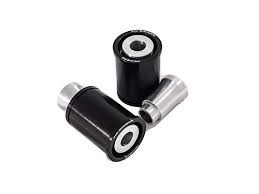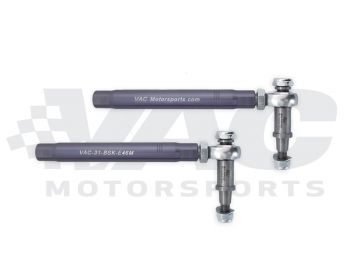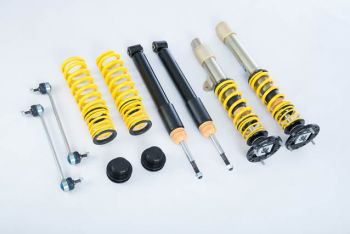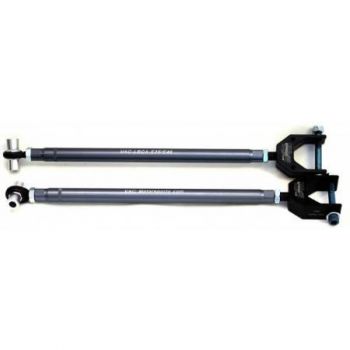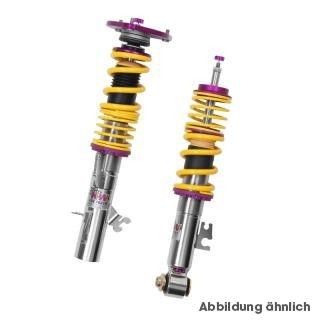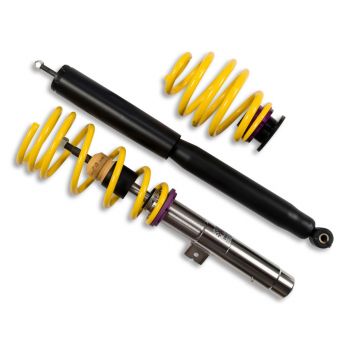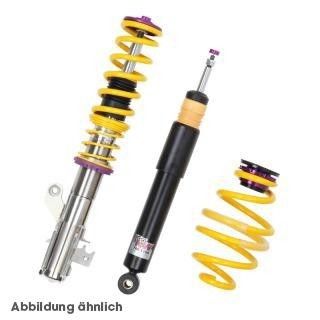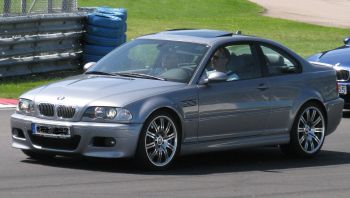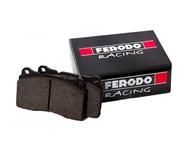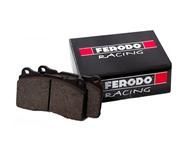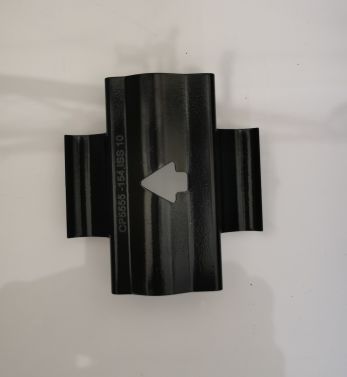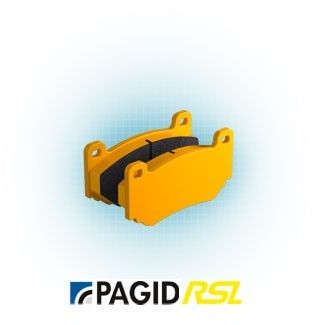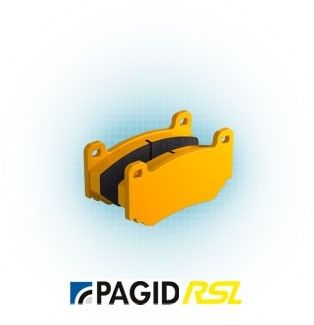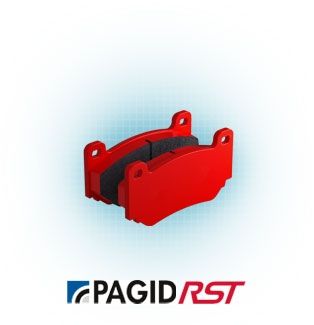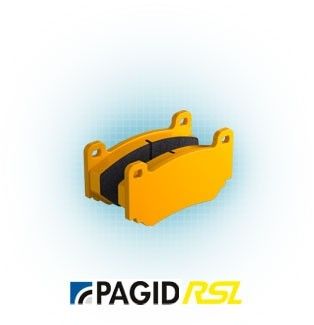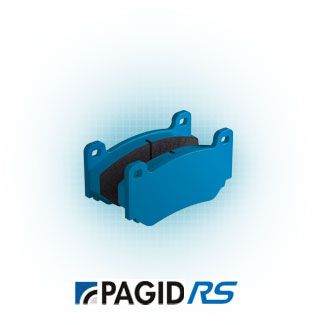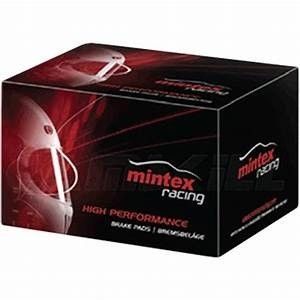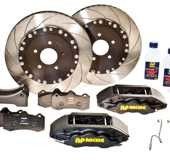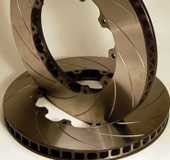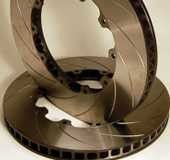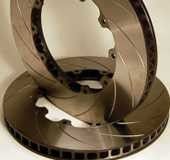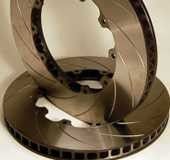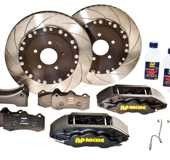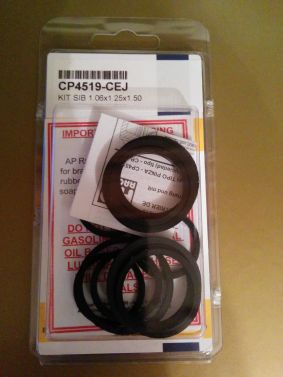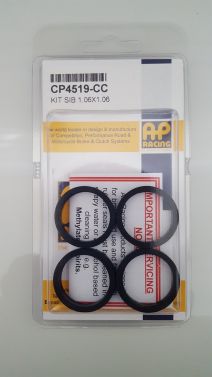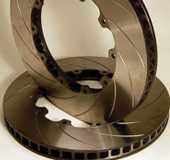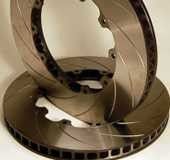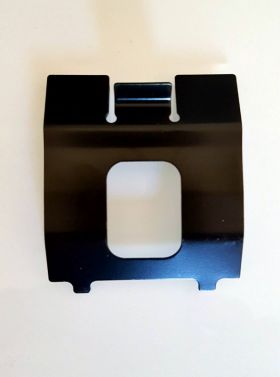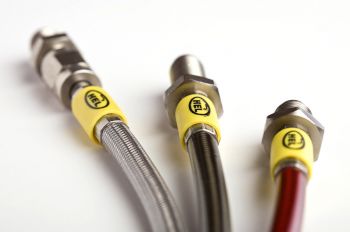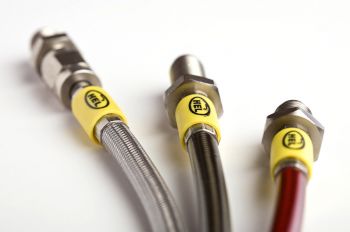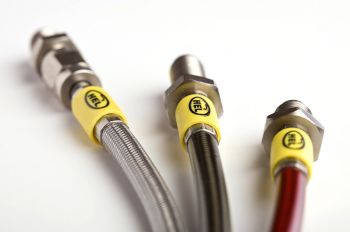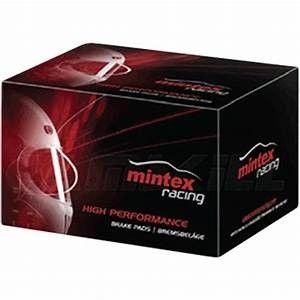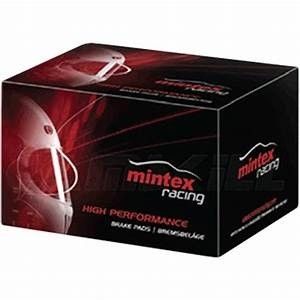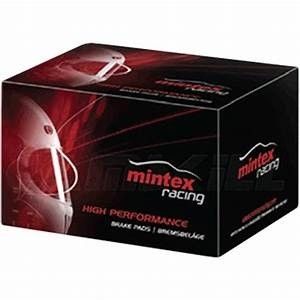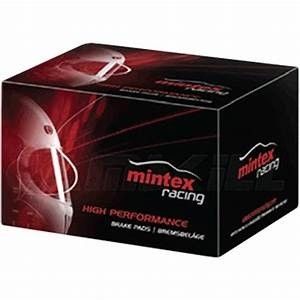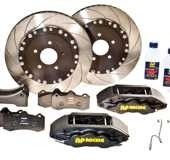We use cookies to make your experience better. To comply with the new e-Privacy directive, we need to ask for your consent to set the cookies. Learn more.
Following the critical, commercial and sporting success of the E30 and E36 M3s, it was inevitable that BMW would follow up with a Motorsport version of the E46.
The M3 programme originally began as a means to homologate a Group A competition version of the E30 for use in touring car racing and rallying.
The E30 M3 was powered by a raucous four cylinder engine and was only available in left-hand drive. Towards the end of production, a Convertible version was added to the range, but less than 800 of the circa 18,000 E30 M3s built were completed as such. 16 months after the last E30 M3 had rolled off the production line, BMW replaced it with an E36 variant.
A larger and more refined vehicle, the straight six-powered E36 M3 was not created for homologation purposes and, thanks to its broader appeal, was built in vastly greater numbers. Around 70,000 had been completed in Coupe, Convertible and Saloon body styles by the time production was discontinued in 1999. The E36 M3’s popularity was also boosted by the addition of a clutchless manual / fully automatic SMG gearbox offered from 1997.
The standard E46 3-series had already been introduced when the last E36 M3s were still being built. Series production began in December 1997 after the E46 had been publicly unveiled at the Frankfurt Motor Show three months earlier. The four-door E46 Saloon was followed by a two-door Coupe in December 1998, a five-door Estate from January 1999, a Convertible from December 1999 and a Hatchback from April 2000. Inline four and six cylinder engines were offered from 1.6 to 3-litres. Petrol and diesel motors were also produced.
A prototype of the highly anticipated E46 M3 was displayed at the Frankfurt Motor Show in September 1999. The production version was then unveiled at Geneva in March 2000.
The M3 Coupe was joined by a Convertible from February 2001. However, unlike its predecessor, the E46 M3 was never available as a Saloon. A single Touring variant was created in 2000 but, unfortunately, never got approved for production.
CHASSIS
This latest M3 followed the same trusted formula of an uprated engine and chassis with a series of sporty exterior and interior enhancements.
It was based around the standard E46 pressed steel bodyshell which BMW claimed was 70% more rigid than that of the outgoing E36. At 2731mm, the wheelbase was 31mm longer than its predecessor. As usual, a rear-wheel drive layout was employed. Weight distribution was 50/50.
To reduce unsprung mass, aluminium was used for an increased quantity of suspension components on all E46 3-series’.
The M3 was uprated with a variety of parts developed by BMW Motorsport.
Stiffer springs and dampers were installed along with thicker anti roll bars (26mm at the front, 21.5mm at the rear). The top springs and shock absorber mounting points were modified along with the rear suspension links which now came with steel ball joints instead of rubber bushings. There were special forged alloy lower control arms plus custom bearings and bushes and a thicker aluminium thrust plate. Larger half shafts and wheel carriers were also installed.
But if you want to chase laptimes or generally improve the handling of your E46 M3 on the racetrack, M S Motorsport has a wide array of performance parts to help you chase those laptimes.
BRAKES
The cross-drilled and vented brake discs had a 325mm diameter at the front and 328mm diameter at the rear. The discs featured a two-piece design where the aluminium hat was connected to the outer portion of the disc via steel pins. The idea was to reduce disc deformation under heavy braking.
Single piston sliding calipers were fitted all round and ABS was standard.
While the standard brake will do on the road, and with spirited driving they are also ok. But if you are serious about doing trackdays a brake upgrade would be a wise investment.
ENGINE
At the heart of the E46 M3 was the ultimate evolution of the straight six engine that first appeared in the E36 M3. It featured a cast-iron block and light alloy twin cam head with four valves per cylinder. Wet-sump lubrication was once again employed.
The S54 power unit fitted to the E46 M3 was enlarged from 3210cccc to 3246cc. This was achieved by taking the bore from 86.1mm to 87mm while the stroke remained at 91mm.
Other enhancements included uprated camshafts, finger-type rocker arms instead of bucket-style tappets (for reduced reciprocating mass), a light weight one-piece aluminium head and a scavenging pump to avoid oil starvation during hard cornering. The high pressure Double Vanos variable valve timing system was modified to provide faster operation at high revs.
Additionally, the compression ratio was increased from 11.3:1 to 11.5:1.
Engine management was courtesy of the new BMW-Siemans MSS54 system.
Electronic throttle control offered two M Dynamic Driving Control modes: Normal and Sport.
Peak output was 343bhp at 7900rpm and 262lb-ft at 4900rpm. For comparison, the outgoing 3.2-litre E36 M3 Evolution produced 321bhp at 7400rpm and 258lb-ft at 3250rpm.
But if the peak output is not enough we carry most aftermarket performance parts for the S54B32 engine in stock!
GEARBOX
Transmission was via a Getrag 420G six-speed manual gearbox, a single-plate clutch and BMW’s M Variable Differential Lock.
The M Variable Differential Lock was an advanced version of a conventional limited-slip differential. When a difference in rotational speed was detected between the rear wheels, a viscous silicon fluid was pressurised which operated a multi-disc clutch that distributed more power to the wheel with the greatest traction.
While the OEM gearbox and drivetrain is very capable, any hard track use will greatly increase the wear & tear on these parts. We carry the following performance parts for your E46 M3 gearbox & drivetrain:
BODYWORK
As had been the case with the E30 and E36, the E46 was arguably the best looking mid-size executive model on the market. However, a new rival had recently emerged in the shape of the handsome new Audi A4 which a number of BMW customers switched to.
The M3 was undeniably the most macho-looking car in the E46 range. It came with a number of cosmetic enhancements, the most noticeable of which were four heavily flared wheelarches to cover the wide new wheels and tyres.
And if you decide it to track your E46 M3 we have some very special parts to add-lightness as Colin Chapman would say:
INTERIOR
Inside, the familiar E46 dash was retained albeit with a few little tweaks here and there.
The main binnacle housed a 300kmh / 180mph Motorsport-branded speedometer and combined 9000rpm tach / water temperature gauge. Smaller read outs for fuel and oil temperature were located on either side and a bank of warning lights were positioned underneath. Red needles were used throughout.
The Motorsport-branded three-spoke leather steering wheel featured tri-colour stitching. It also came with a selection of buttons to activate various functions. Speed-sensitive power steering was standard.
Other special equipment unique to the M3 included M Design front sports seats, an illuminated Motorsport-branded leather shift knob and door sill plates with the M3 logo.
Leather upholstery was standard along with electric windows, electric mirrors and remote central locking.
Customers could choose from a variety of exclusive upholstery combinations and there were also a unique selection of trim inserts.

